The American Dream – anyone, regardless of background, has the opportunity to be successful if they work hard.
This also refers to owning a home. A home, not owned by a bank, but by YOU.
And when you think about these things, and about what the current housing market is like, and how much everything costs, and how much you pay rent, … it just seems that regardless of how hard you work, you mightn’t be able to own a home.
So the question on many people’s minds is, “Is the American Dream dead?”.
The answer is – no. It’s not dead; it has changed and evolved. It has adapted to the economy. It’s still possible to achieve the American Dream. But you might have to go about it differently than what was done before.
The answer to this problem? There are many of them, but tiny homes are one.
Tiny homes look like something out of a design magazine, but they have the potential to be so much more than that. They’re an actual shot at independence without taking on an overwhelming debt.
And it’s not just about saving money or downsizing but about realizing what the American Dream looks like today.
Affordability for Veterans
One of the biggest issues anyone faces when they try to buy a home is the price.
In many parts of the country, the average home price has gone well over $400,000, and that’s without the added costs like taxes, insurance, maintenance, repairs, etc. For a veteran who’s trying to come back into civilian life, those numbers feel impossible.
|
The national median existing-home price is $422,400 in July 2025. – National Association of Realtors |
Tiny homes can change this. A nice tiny home can cost anywhere from $50,000 to $90,000, depending on the size and finishes. That’s still not exactly cheap, but it’s a lot more affordable than $400,000. Tiny homes also need less land, which makes the price even lower. But that’s not all – the ongoing expenses like utilities and upkeep go down with the square footage, too.
Financing is another place where tiny homes open big doors.
|
Veterans who qualify for assistance programs or housing benefits can have even more options if the overall loan amount is smaller.

How to Qualify?
For a VA-backed loan, the property must be a ‘real property’ (land plus a structure with a permanent foundation), meaning that something like a movable property or RV doesn’t qualify as a real property.
Once you have a real property, it also has to meet Minimum Property Requirements (MPR), which may differ according to state and local code.
When you start comparing your options, make sure to look at VA-backed mortgage rates today, so that you get the most up-to-date information and know what you’re working with.
(Practical) Factors to Keep in Mind
While tiny homes sound very promising, they still come with a few cons.
Let’s go over them:
-
Zoning Rules
This is one of the biggest obstacles.
Local governments have specific rules for what kind of homes can be built in certain areas, and tiny homes don’t always fall neatly into those categories. In some places, a permanent dwelling has to have a certain square footage, which means a small house mightn’t be able to sit on residential land legally.
For instance, if the unit is site-built and is below 400 sq ft, you can use IRC Appendix Q (Tiny Houses) to feel full compliance.
If the structure is manufactured, then it must comply with HUD Manufactured Home Construction and Safety Standards (24 CFR Part 3280), with installation having to follow 24 CFR Part 3285.
Other areas are more flexible, especially since housing shortages are pushing officials to reconsider their rules and find alternatives.
|
State-level reforms are enabling accessory dwelling units (ADUs) by right in single-family zones. – ‘Accessory Dwelling Units and the Preemption of Land Use Regulation’, University of Missouri |
-
Accessibility
Tiny homes have compact layouts, and this can be a plus because you can easily reach everything, but it also means it has to be carefully designed in order to be accessible (something that some veterans will need).
Doorways need to be wider, ramps need to be built in, handles where necessary, and for some, it might be best if it’s a single-level floor plan.
The good news is that customizing a tiny home costs way less than doing modifications in a traditional house, so you have a better chance of creating a space that truly works for what you need.
-
Energy and Sustainability
Energy use is another area where tiny homes really shine.
Since they’re smaller, they naturally require less energy for heating/cooling.
|
U.S. homes were billed approx. $1.04 (USD) per sq. ft. for energy in 2020. – U.S. Energy Information Administration |
If you equip them with solar panels, rainwater collection systems, composting toilets, and other similar features that help you live a more sustainable life, you’ll also cut down on utility bills, AND you’ll be able to live partially (or fully) off the grid.
-
(Long-Term) Value
With a traditional home, you usually build equity over time, but tiny homes don’t always appreciate in the same way. Is the house on wheels or a permanent foundation? What’s the quality of the materials used? What’s the local demand? All of these factors play a role in determining resale price.
But even with that, the lower upfront cost means that veterans are less likely to take on a crushing debt.
And isn’t that financial breathing room and the peace of mind it gives more valuable than equity growth?

The Future of Veteran Housing
Tiny homes have a good chance of reshaping the way veterans find stable housing.
Officials have no choice but to start looking for alternatives to traditional housing, and some cities have already begun adjusting their zoning codes to make small homes easier to build.
|
Veteran homelessness fell approx. 8% from 35,574 in 2023 to 32,882 in 2024 (lowest on record). – U.S. Department of Housing and Urban Development |
Nonprofit groups are also getting their hands dirty.
They’re creating communities of tiny houses specifically designed to give veterans a safe, affordable place to live while offering support services on site. At the same time, there are many innovations in construction, like modular building and 3D printing, that are making tiny homes faster and cheaper to produce.
If you add to this the growing use of sustainable materials and off-grid features, you’ll see that the future of veteran housing isn’t looking bad at all.
It’s the same old American Dream we’re all familiar with, and no, this isn‘t the ‘smaller’ version of it; it’s a completely new (improved) one.
It’s proof that you don’t have to settle for less to have a place to call home…
Finally.
Conclusion
The American Dream has one major flaw – a mortgage that lasts longer than a typical career.
But that’s the ‘old’ dream, which definitely isn’t a one-size-fits-all.
Everyone has their own dreams, so wouldn’t you say it’s prime time we canned the old one and replaced it with something more realistic, that doesn’t put pressure on people to bury themselves in debt for half of their lives?
Tiny homes give you more choice and more freedom, which might be the most patriotic version of it yet.
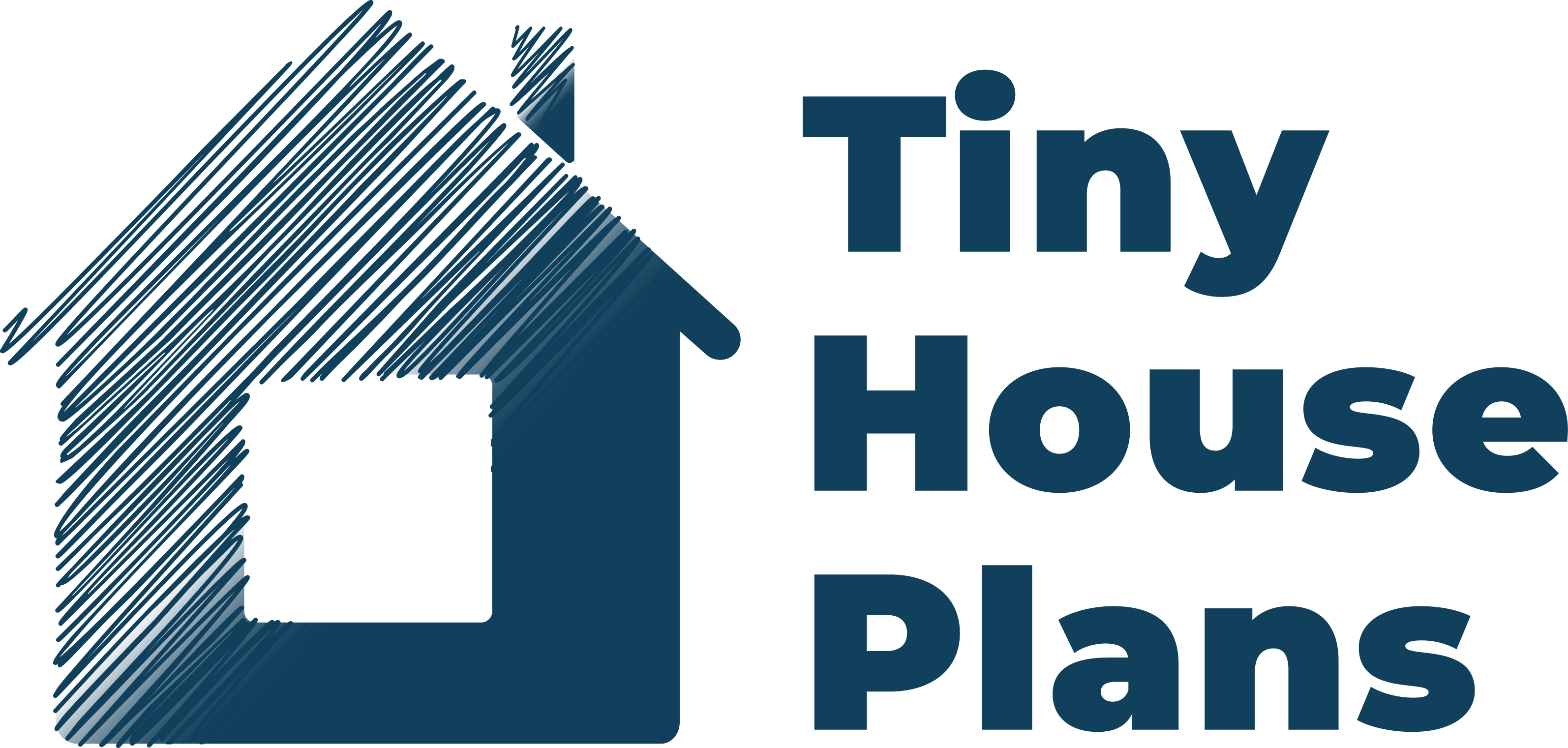

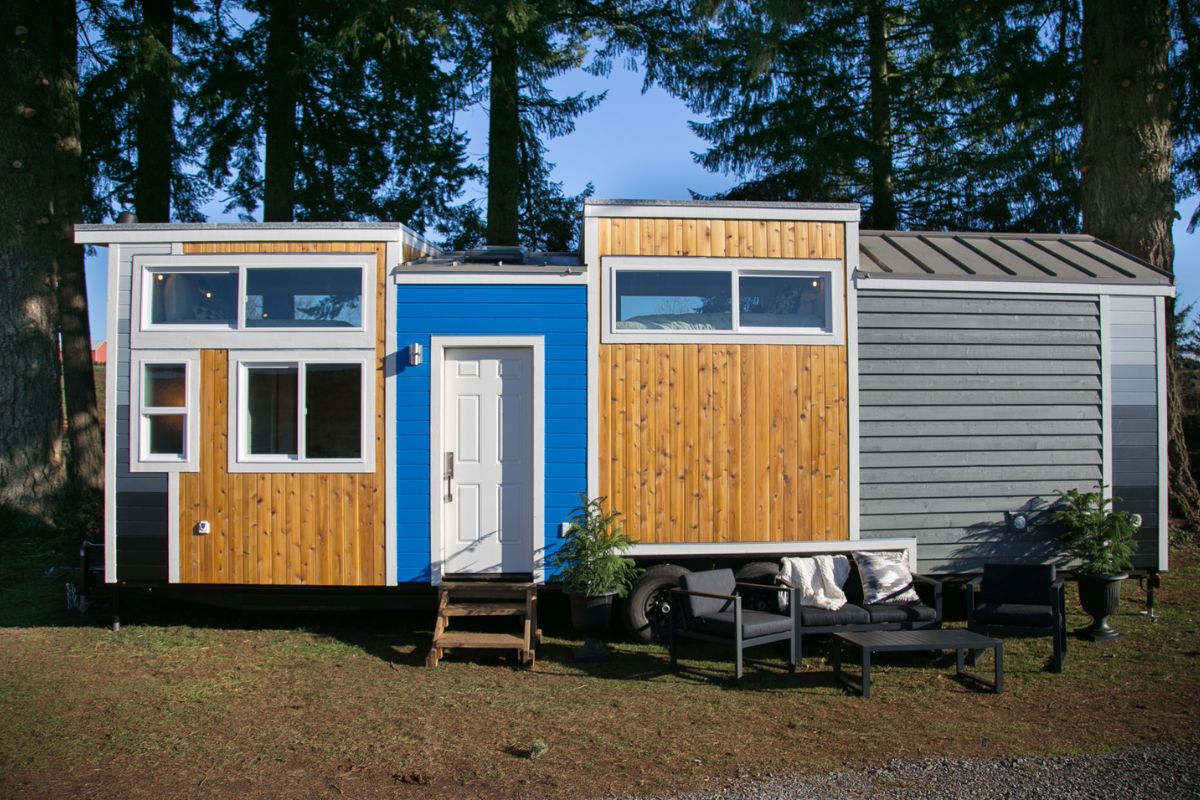
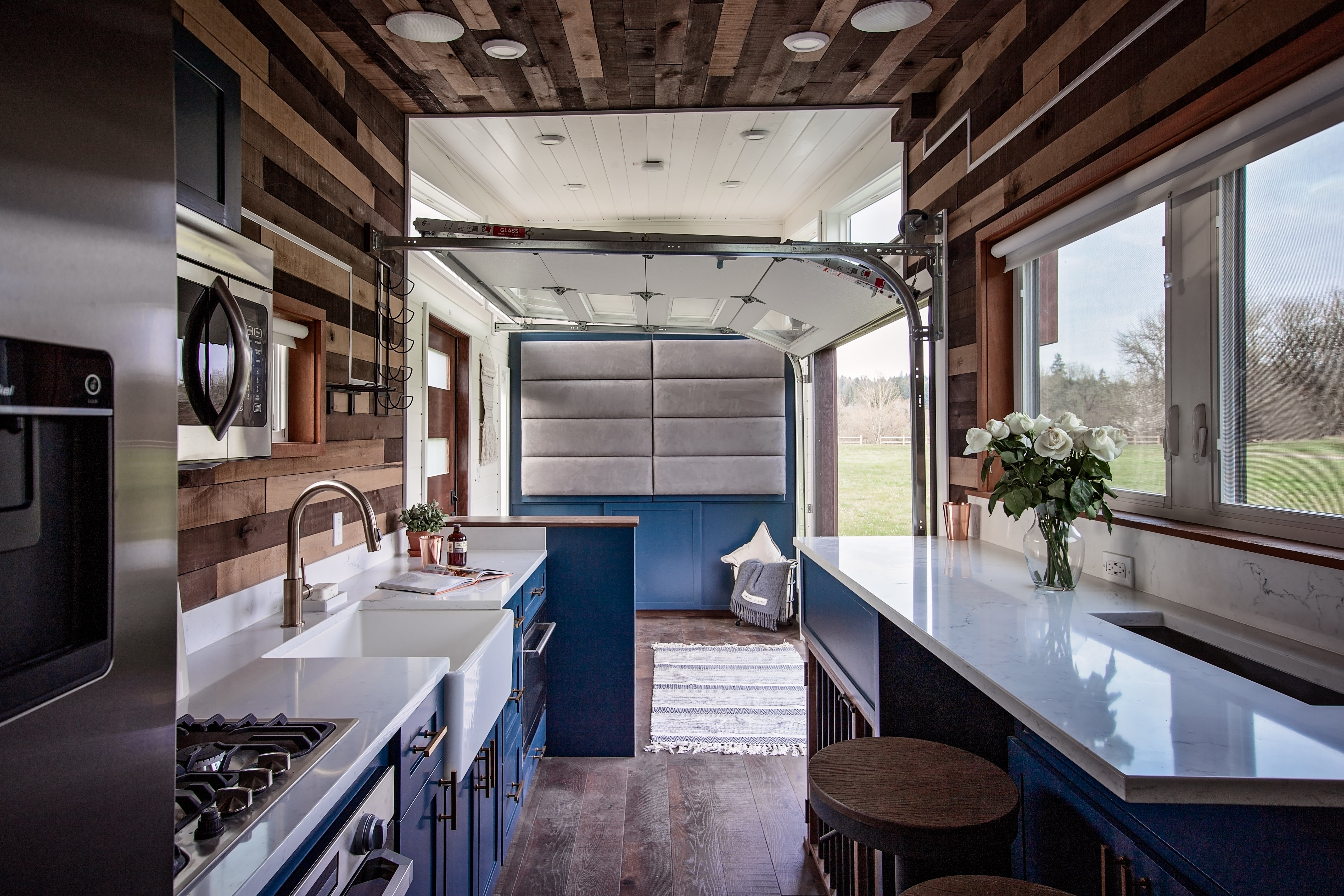
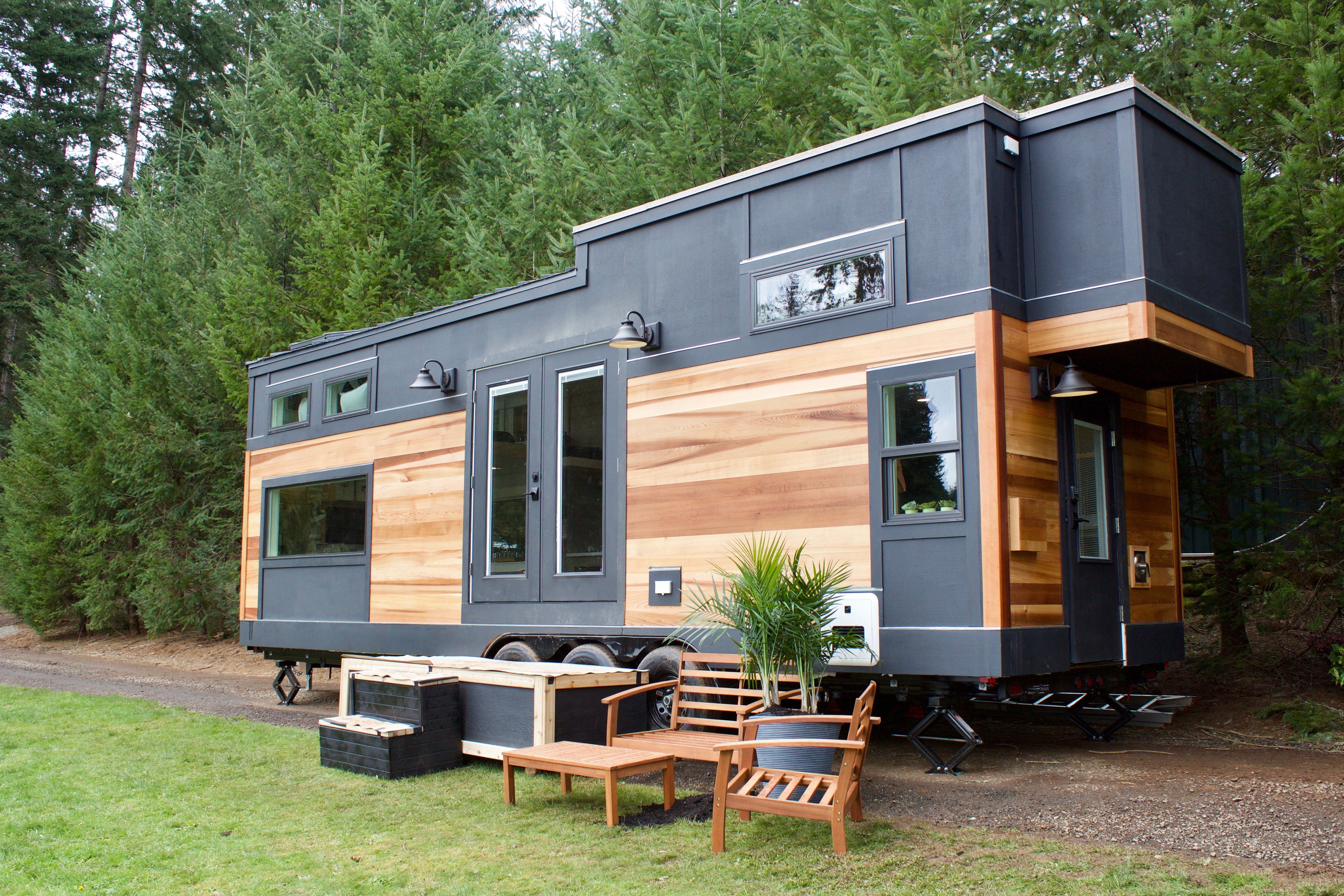
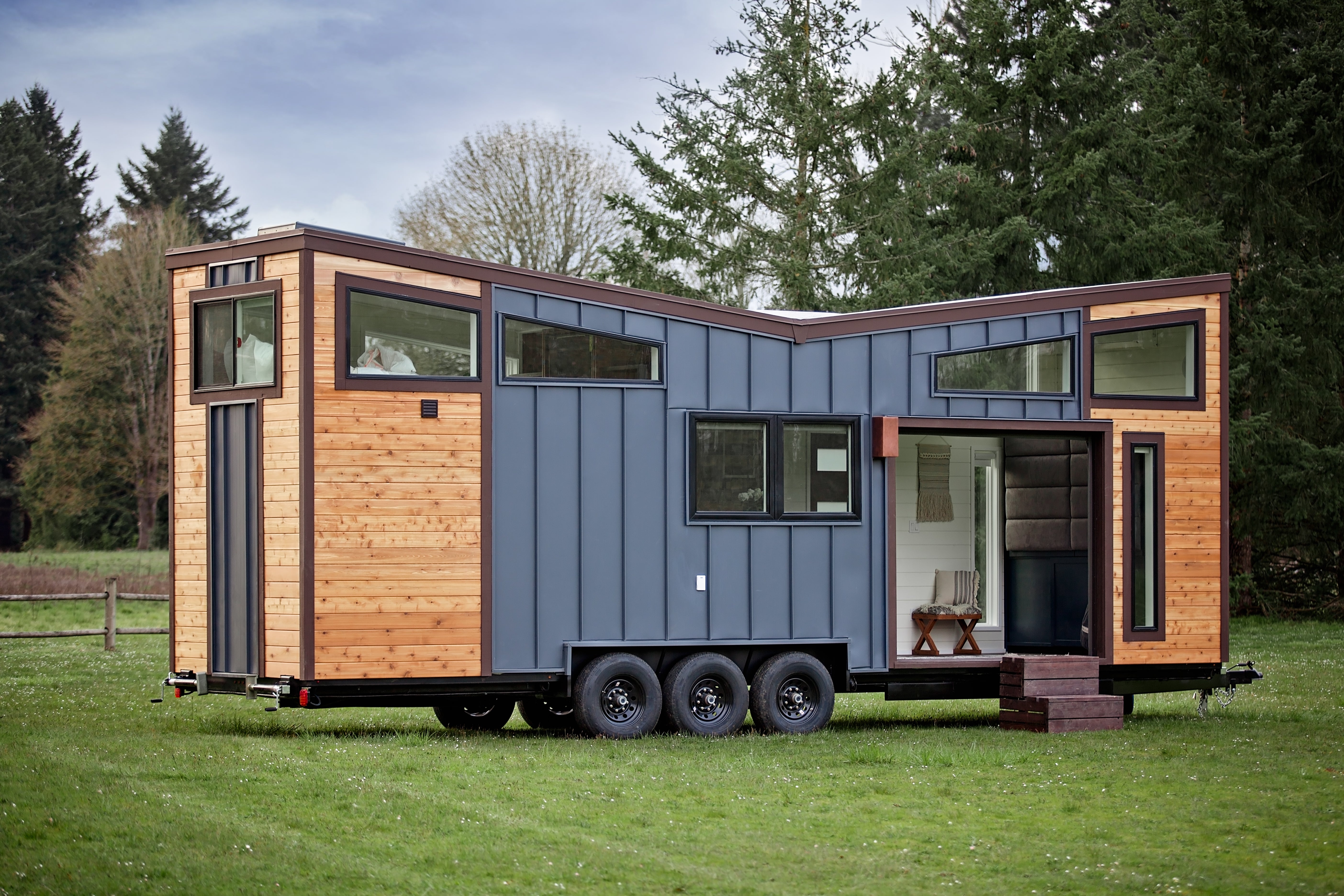
Share: